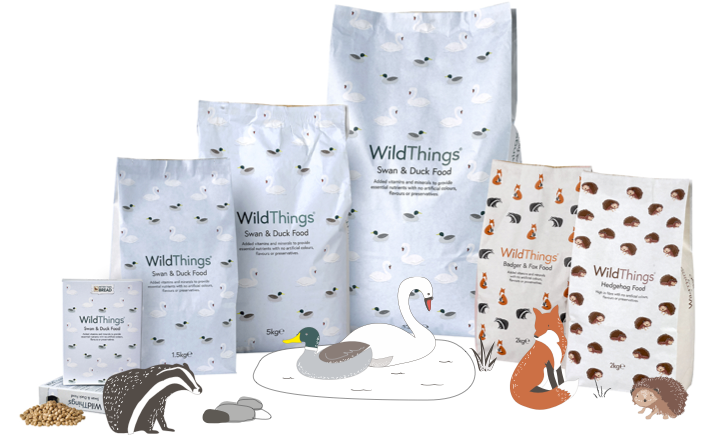How to identify a badger’s sett
6th June 2019
What is a badger’s sett?
A badger’s sett is essentially a badger’s den. Think of it as a hideout for multiple badgers with multiple passageways and multiple entrances. It is common for badgers to dig setts in parts of the ground which are not damp or marshy, as they need the land to be suitable for digging. A badger prefers to dig it’s sett on sloping land, rather than flat. This can include the slope of a hill, the side of a disused quarry or even a large hedgerow bank.

How do I identify a badgers set?
Unlike rabbit holes, which are usually round, a badger’s sett entrance is commonly found in a D shape and does not narrow inside the entrance. This is a major difference to look out for when trying to identify whether a hole is that of a rabbit or a badger.
There are also some key indicators to look out for when trying to decide whether a sett is active. Some of these include:
- Signs of footprints in or around the sett entrance and down into the chamber
- Around the entrance hole, there may be freshly excavated soil heaps
- The soil around the sides of the sett may be ‘polished’ or smooth from frequent use
- On some occasions, there will be signs of ‘bedding’ in the form of fresh grass around the sett entrance
Badgers will sometimes live in the same sett with their families for generations, some being highly complex with many tunnels and entrances. One badger sett was found in the Cotswolds with tunnels totalling around 310 metres in length!*


